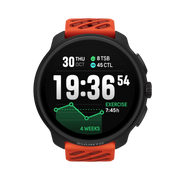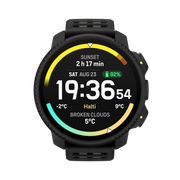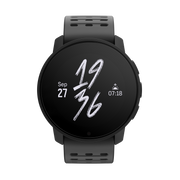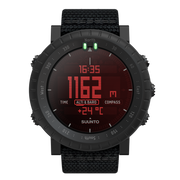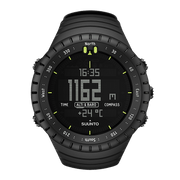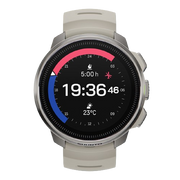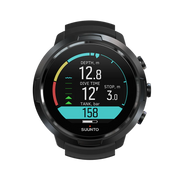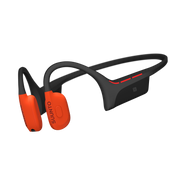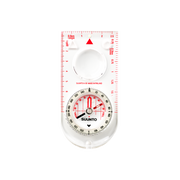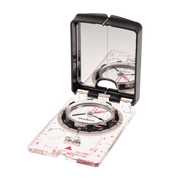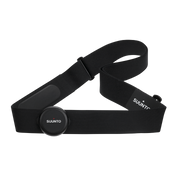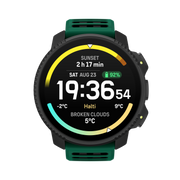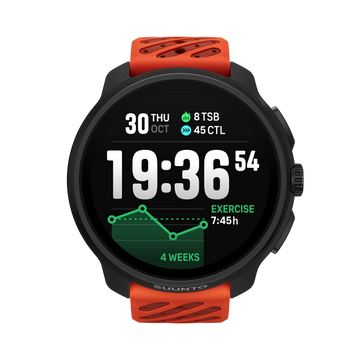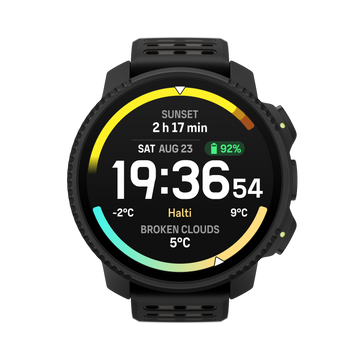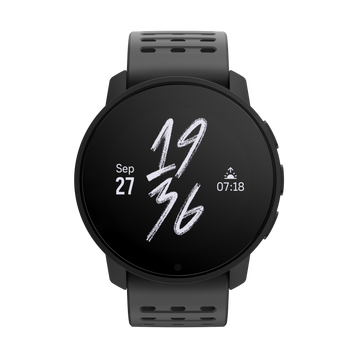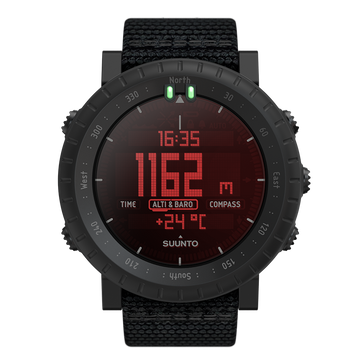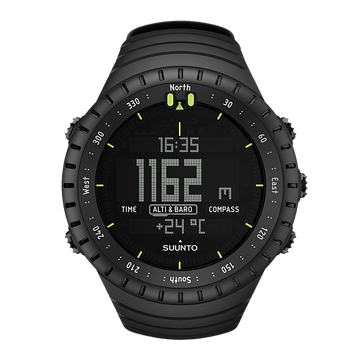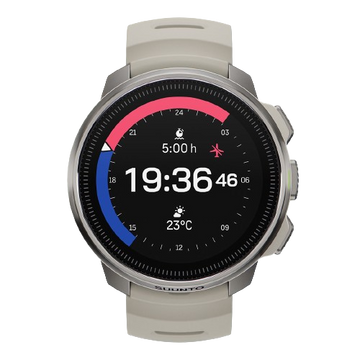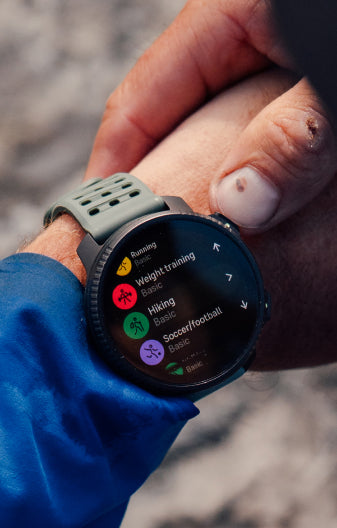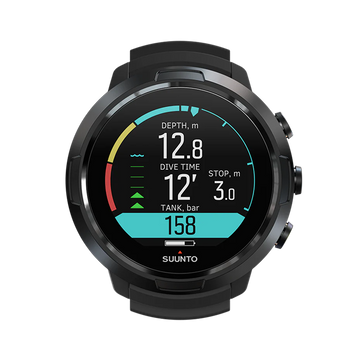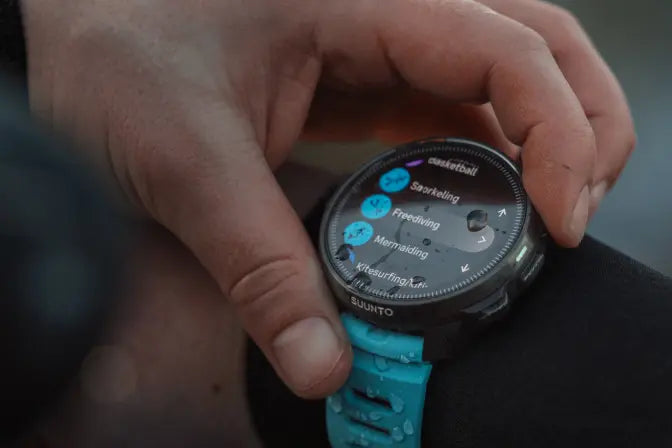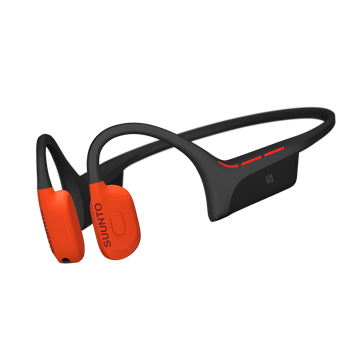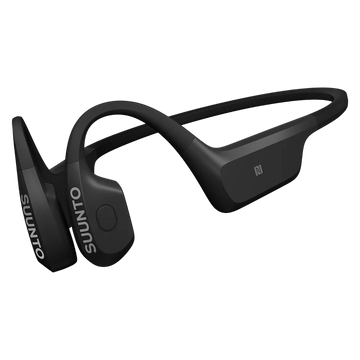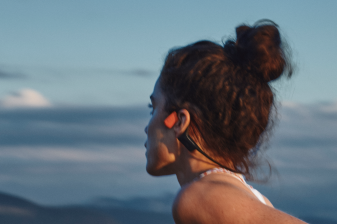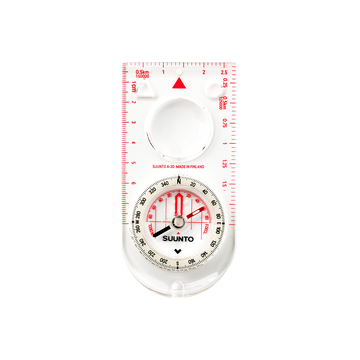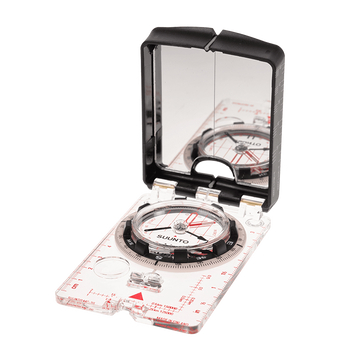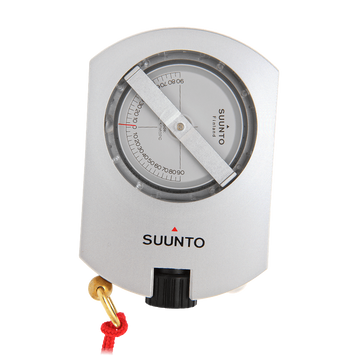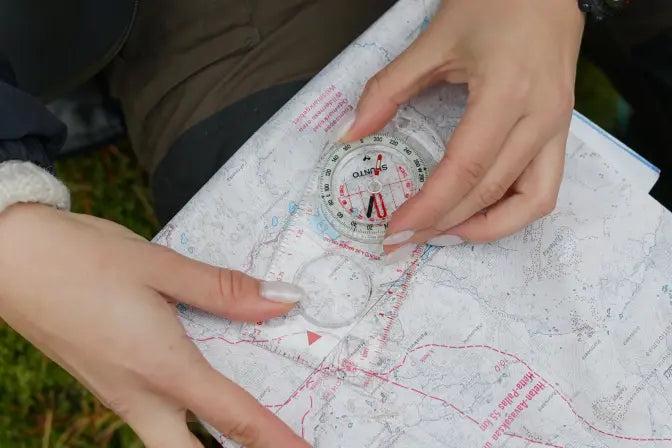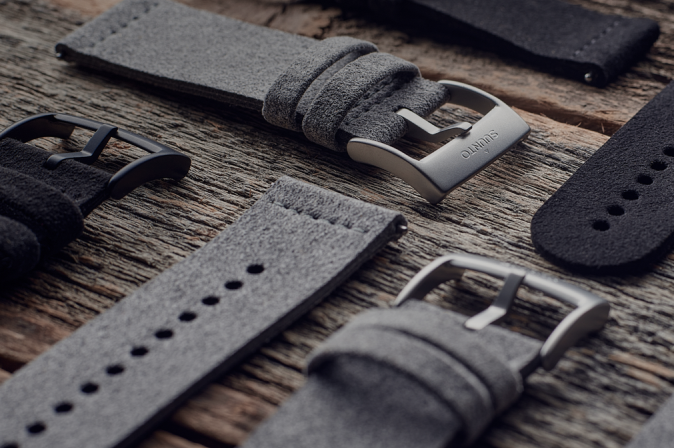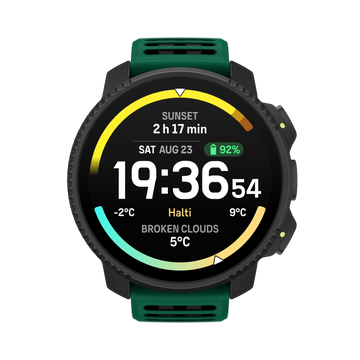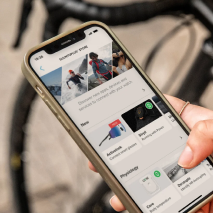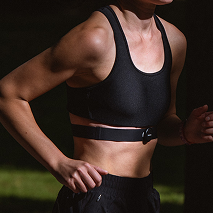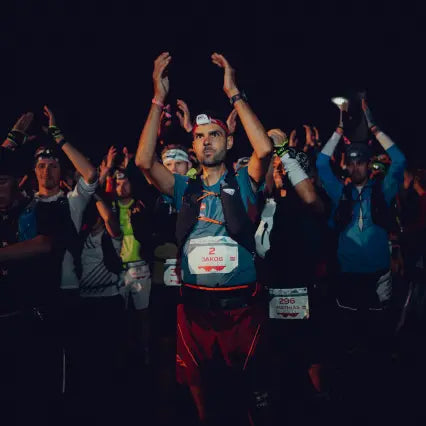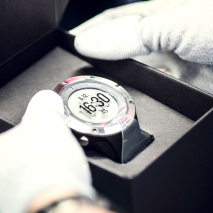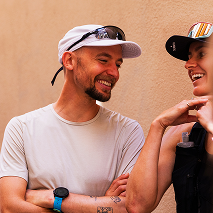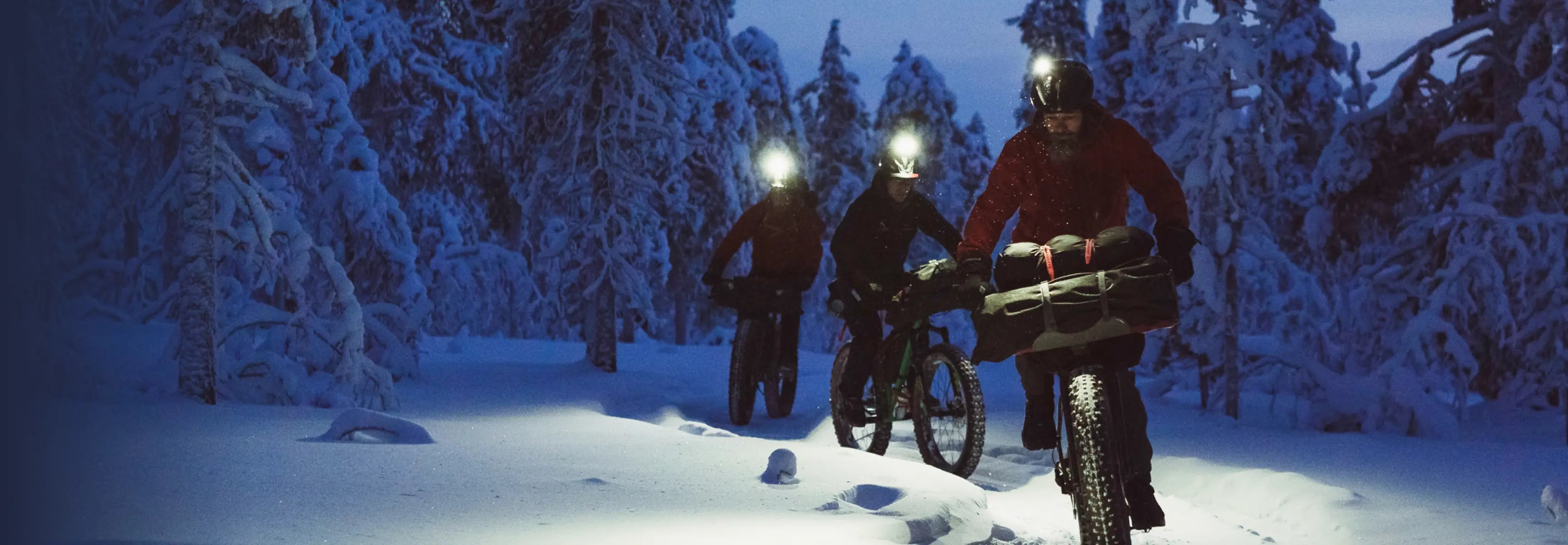
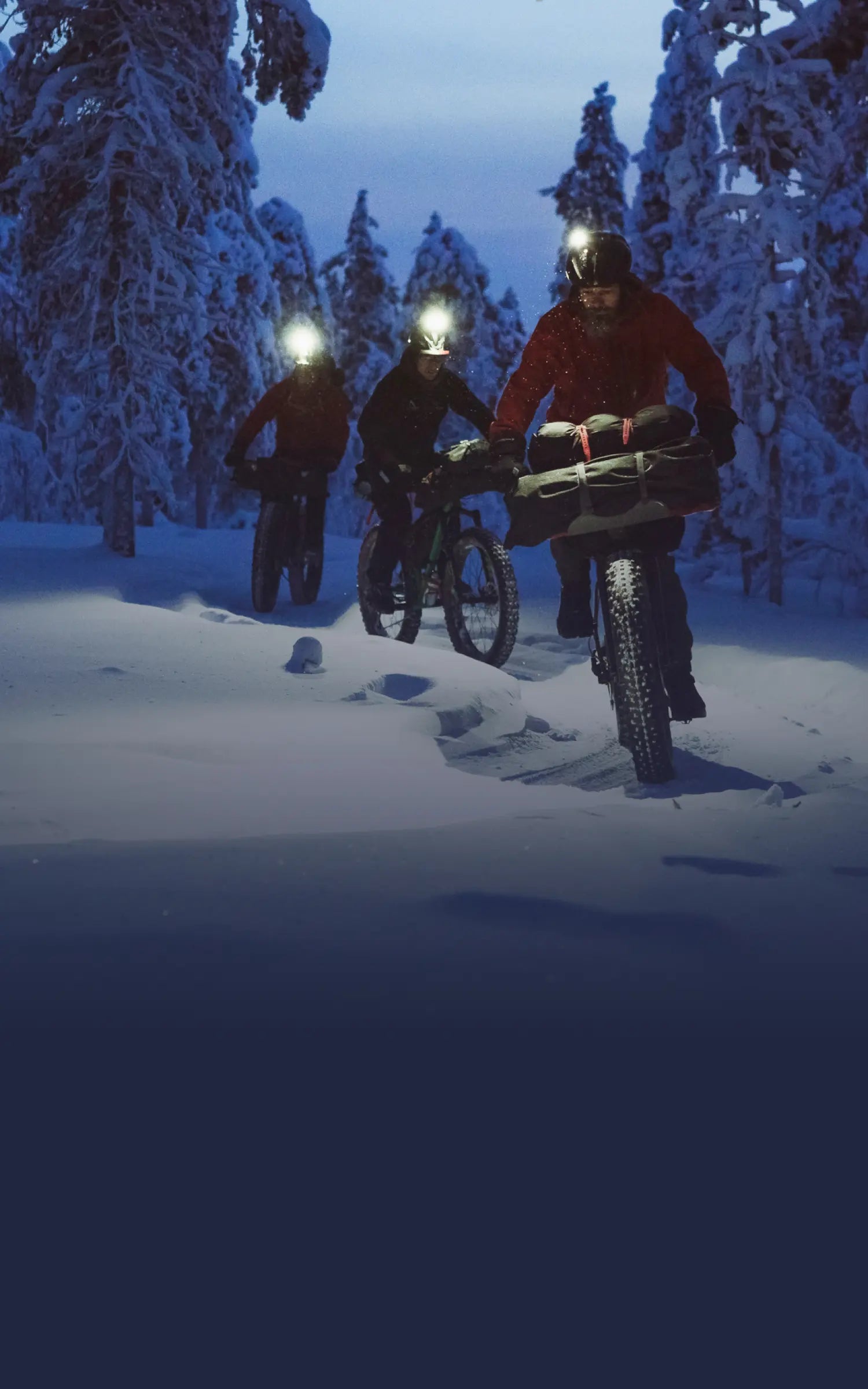
Suunto Blog

7 tips to accelerating your uphill speed
We touched base with Carmichael Training System’s endurance coach Nick White and got 7 gems of wisdom that will turn you into a vertical speed machine.
Emelie Forsberg pushing hard in the Andorra vertical skimo race. © ISMF Press Office
Consistency and volume
Having a solid aerobic fitness base is an important prerequisite to becoming faster on vertical ascents, so consistency and volume should remain central to any training programme. This base makes focused work on your lactate threshold and V02 max possible.
Improve your V02
The goal here is to maximize how much oxygen your body can process and deliver to your working muscles. Doing short, high intensity interval workouts, some of them ascents, are the way we achieve this. Match each interval with an equal recovery time. Here are some ‘go-to’ workouts that should be done two to three times a week with a rest day between each session:
9x 2min at maximum effort/2min easy recovery 6x 3min at maximum effort/3min easy recovery 5x 4min at maximum effort/4min easy recover Easier option: 5x 30s at maximum effort/30s easy recovery
Few athletes have a V02 max as high as Suunto ambassador Kilian Jornet. © ISMF Press Office
Focusing on lactate threshold
If it’s a trail race or a mountain run with big vertical ascents that you’re training for, then it’s also critical to focus on your lactate threshold. Do this through longer duration interval workouts done at a slightly lower intensity than the V02 training outlined above. The goal is to work consistently until you can't work at that intensity anymore. After rest and recovery, your body will become stronger. Intervals should be between 10 to 30 minutes in length, with half the recovery time, and a total training time of around 45 to 60 minutes. For example: 4-5x 12min intervals, with 6min rest between 3-4x 15min intervals, with 8min rest between 2-3x 20min intervals, with 10min rest between Both of the above interval types, V02 and lactate threshold, are necessary, whether you’re doing a vertical kilometer race or a longer mountain run. Each one is specific to a different aspect of vertical speed.
Ryan Sandes training in his local hills in Cape Town. © Craig Kolesky/Red Bull Content Pool
Match your gradient
While it's a good general rule to match the gradients in your training to that of your event, it’s also important to mix it up so you're not hitting the same hill over and over again.
Don’t overdo the hills!
Not all of your interval workouts should be done on hills. Do them once or twice a week on hills and the other days train on rolling or flatter terrain.
© ISMF Press Office
Keep it specific
At least some of your training should be on terrain that’s similar to what your race will be on. If at least some of your training is done on similar trails or hills, then you can be sure you’re developing the necessary muscular strength and technical skills as well.
Watch your weight
Body weight is obviously an important factor in the vertical ascent equation. A heavier runner will require a lot more energy and force to climb a hill at the same speed as a lighter runner. It really is a power-to-weight ratio issue at its core. You go uphill faster either by gaining more power, or becoming lighter, or both. So go easy on the cake!
MAIN IMAGE: © ISMF Press Office

Performing your best with vertical speed
The new Suunto Ambit3 Vertical was designed for athletes who travel light and fast up tough ascents. Here’s how the watch’s vertical speed mode can help you rise to the top!
While road runners focus on pace – minutes per km or mile – mountain athletes like champion trail runner and ski mountaineer Kilian Jornet keep a close eye on their vertical speed.
VIDEO: Kilian Jornet and Remi Bonnet were 1st and 2nd at the first Ski Mountaineering World Cup of the season in Andorra.
“I use vertical speed in my everyday training to calculate an average of how long it will take me to do an ascent, or to know if I’m going faster or slower than average during a familiar ascent,” says Killian. “In a vertical kilometer running race, my vertical speed is around 2000m/h and in a vertical kilometer skimo race it’s about 1700 to 1800m/h.”
"It’s comparable to running pace on a flat surface"
Those are both vertical speeds that few can match. However, Suunto’s Ambit family product manager Markus Kemetter says many people are interested in using vertical speed as a tool to improve their performance.
“It’s a really useful performance indicator because it’s a direct measurement of how fast you’re going uphill,” Markus says. “Basically, it’s comparable to running pace on a flat surface, but vertical speed takes into account only the altitude as a means of measurement.
“The new Ambit3 Vertical calculates meters or feet the user is ascending per minute and it makes this measurement with a pressure sensor, rather than GPS, because it provides the most accurate altitude reading."
“GPS is good over longer distances, but is less accurate for measuring shorter, faster ascents.”
Vertical speed can be added to selected sports modes in Suunto App. Vertical speed is under the Altitude section in the Display Screen options.
Markus says trail runners and ski mountaineers often use vertical speed alongside the lap function in their watch for interval training and so they can analyze their performance later.
“Press the lap button at the start of your ascent and then again at the end of the ascent and then after you’ve uploaded that move you can isolate each lap on the graph to see the vertical speed. Below the graph, you can also see your average vertical speed, your maximum vertical speed and your minimum speed, which is useful for checking your downhill speed. You can use this information as a guide or as something to beat during your next training session.”
Learn more about Suunto Ambit3 Vertical

Win a Suunto Ambit3 Vertical in World Vertical Week’s photo contest
World Vertical Week started today! Share a photo showing your World Vertical Week spirit on Instagram or Facebook between February 15–21, 2016 and tag the photo with #VerticalWeek for a chance to win a Suunto Ambit3 Vertical watch.
The three most inspiring photos will be chosen as winners.
During World Vertical Week every move will add to your country’s totals and soon we’ll find out where in the world people push uphill the most. Track your adventures with your Suunto watch. Every move and every sport counts.
The only thing you need to do to participate in the event is to make sure your country information in the settings is correct. After that your ascent will automatically be calculated in your home country’s total figure.
By the end of the week we’ll find out where in the world the real climbers live and can compare different sports, too. Have fun!
Read the terms and conditions of the photo contest
KIMBERLY, DAVID AND KYLE ARE THE VERTICAL WEEK PHOTO CONTEST WINNERS!
World Vertical Week was held last week and the hundreds of pictures tagged with #VerticalWeek give a wonderful look at what people were up to during the event. Thank you very much for participating and sharing the photos, everyone!
The three lucky photo contest winners are Kyle Conway, David Jeker and Kimberly Strom. Congratulations! They all will receive Suunto Ambit3 Vertical GPS watches for their inspiring images.
putting in some more hard miles before #gorge100k @briehemingway @ultracrazychris #teamultracrazy #trailfamily #trailrunning #trailporn #training #suuntoverticalcanada #verticalweek #epictrailrunning #teamtransalpine
A photo posted by Kyle Conway (@kc_lumberguy) on Feb 20, 2016 at 11:08pm PST
Kyle Conway shot his winning photo at his local Baden Powell Trail in North Vancouver, Canada.
“We ran about 30 km with about 1250 m of climbing, including two loops of the "Seymour Grind", a popular "climbing route" for trail runners,” Kyle tells about the day the photo was taken.
Over the Vertical Week Kyle climbed 4700 m.
“2016 has been a year with goals of improving my climbing, and Suunto's Vertical Week was a perfect opportunity to step things up.”
Dream big. #trailrunning #catogne #trailvsb #whatanadventure #waaultra #waateam #verticalweek #livingthedream #jesuisloup
A photo posted by David Jeker (@davidjeker) on Feb 17, 2016 at 8:11am PST
David Jeker used the Vertical Week as his last week of hard training before tapering for Transgrancanaria in early March.
“I ran nine times during the week, always near my place in Salvan, Switzerland. I kept the best training for the end and did some hill repeats on a very steep trail on Sunday. I ran up and down five times for a total of 2300 meters. Totals for the week were 122 km with 4350 meters of ascent.”
David’s photo was taken during a 33 km long run with 1350 meters of ascent.
“I had originally planned on doing an easy run down in the valley but when I saw that the snow had mostly melted higher up, I changed my plan. It was Vertical Week after all! I ran up to one of my favorite trails and took a picture of Catogne,” David says.
“I’m running a race (X-Alpine / Trail Verbier St-Bernard) this summer that goes up, down and around that mountain. Since I’ve registered for that race, the sight of this impressive mountain is always a great source of motivation!”
Finished the week with a big day, +2400m and plenty of sun. #verticalweek #suuntoski
A photo posted by @kimberly.strom on Feb 21, 2016 at 10:38pm PST
Kimberly Strom’s Vertical Week was a true multisport one: she ran in the Jura mountains, nordic skied, and had a big skimo day in the French Alps gaining a total ascent of about 5000 m for the week.
In Kimberly’s photo her friend Noémie leads their climb to Col de l'Encrenaz on the way to Mont Buet (3096 m), in the French Alps.
“The route allowed us a quiet morning, away from the busy ascent of Buet. With some extra skinning we earned the chance to be alone at the summit, arriving late in the afternoon after two long climbs (1300 m and 1100 m).”
Along the way they saw many small avalanches as the sun heated the snow, watched a huge ibex perched on an impossible ledge, took a break to sit protected from the wind and enjoyed the view, kick-turned up icy slopes, and struggled to break through the crusty, crème brûlée descent. When they arrived back at the bottom the towering peaks glowed pink.
“I can't think of a better day than spending all of it with friends in the mountains: working hard, feeling sun and wind burn, rewarded constantly with beauty, feeling accomplishment and the desire to go again.”
Kimberly uses Suunto Ambit3 Sport to track her moves.
“I never leave home without it. Track-back feature helps me find my way after some exploring!”
World Vertical Week 2016 Big Data
It was a race to the top! National and tribal pride was on the line as people around the world tried to prove their country or sport is king of the hill. World Vertical Week 2016 has closed and the stats are in so it's time to see who came out on top!
WHICH COUNTRY CLIMBS THE MOST?
Surely alpine nations have an unfair advantage? Mostly, yes, but not always. There were a couple of surprises! This visual shows the top 10 countries for average ascents in human powered outdoor activities.
Congratulations Switzerland, Austria and Slovenia!
WHO CLIMBS THE MOST?
Trail runners, cyclists and trekkers were humbled as – maybe unsuprisingly – ski touring and mountaineering led the highest average ascents. As a consolation, remember there would be very different results in summer!
Skiers climbed the most
NUMBER ONE CLIMBERS IN THE WORLD
The Swiss are on top again and nearly breaking the thousand-meter mark in both ski touring and mountaineering. The other two countries with two first places were more surprising: Colombia was on top in running and cycling and Hong Kong topped the chart in both trail running and trekking.
The toughest mountain goats come from the Switzerland.
TOP COUNTRIES IN DIFFERENT ACTIVITIES
And to give you even more to speculate here are the top five countries in the activities mentioned above.
Top 5 in ski touring
SWITZERLAND 996 m
SLOVENIA 941 m
FRANCE 908 m
ITALY 895 m
SLOVAKIA 885 m
Top 5 in mountaineering
SWITZERLAND 971 m
FRANCE 881 m
ITALY 798 m
AUSTRIA 710 m
GERMANY 696 m
Top 5 in trail running
HONG KONG 890 m
CHINA 684 m
ITALY 640 m
JAPAN 553 m
SLOVENIA 543 m
Top 5 in trekking
HONG KONG 705 m
SOUTH AFRICA 519 m
MALAYSIA 428 m
SLOVENIA 424 m
NETHERLANDS 420 m
Top 5 in snow shoeing
ITALY 558 m
AUSTRIA 488 m
GERMANY 428 m
SWITZERLAND 426 m
FRANCE 416 m
Top 5 in mountain biking
PORTUGAL 533 m
ITALY 518 m
SPAIN 479 m
SOUTH AFRICA 452 m
SWITZERLAND 400 m
Top 5 in cycling
COLOMBIA 481m
SOUTH AFRICA 409 m
ANDORRA 403 m
SLOVENIA 396 m
SPAIN 391 m
Top 5 in cross country skiing
SPAIN 367m
CZECH REPUBLIC 351m
FRANCE 298m
NORWAY 261m
JAPAN 248m
Top 5 in running
COLOMBIA 193 m
SLOVENIA 164 m
ANDORRA 148 m
HONG KONG 140 m
PORTUGAL 140 m
READ MORE
7 TIPS TO ACCELERATING YOUR UPHILL SPEED
PERFORMING YOUR BEST WITH VERTICAL SPEED
KIMBERLY, DAVID AND KYLE ARE THE VERTICAL WEEK PHOTO CONTEST WINNERS!

What rules does Greg Hill live by? Watch and see
Watch Greg’s video below to learn the rules and find out why they are important for you too – then scroll down to our interview with Greg to learn more about the life experiences that shaped them.
Greg, let’s start with the obvious: tell use about that avalanche!
May 15th 2014. Deep in the heart of Pakistan, at 5500m, as far from rescue as possible. I only broke my leg, but was very lucky to have lived at all. It was only 30cm high, but it was a few hundred meters across, but the entire feature that I was skiing slid for about 700m vertically.
What did you do wrong?
There was simply nowhere to go – and that was my technical mistake. What I did wrong was skiing a feature with no escape routes or safe spots. I skied like I was able to outrun an avalanche. A small ski cut would have triggered the thing and I would have been on top. But the bigger rule I broke was rule number one – not being afraid enough. I also broke rule number two – the partners I had there weren’t my normal partners. My normal partners would have questioned me more. They didn’t question me enough. Did they learn something from this? I bet they did.
Why did you need to be in that avalanche?
The funny thing is, I had lasted so many years without any issues – I needed that slide to keep my ego in check. There weren’t red flags popping up. We had waited a bunch of days for the snow to settle. The mountains were dormant. But I still broke the rules.
What’s your biggest tip to help you follow the rules?
Keep asking yourself questions. As you’re hiking up. Am i being afraid? Am I well-trained? Do I have the knowledge to back my decisions? Are my partners adding more? Always remember – you don’t know you're making poor decisions, until you experience a consequence.
What can we learn from you next?
This is a lead-in to my terrain tricks video – we’ll discuss concrete, tangible terrain decisions that will help you find ways to wander around the mountains and stay safe.
Stay tuned for more mountain advice from Greg Hill in December!
READ MORE
PREPARE FOR SNOW
